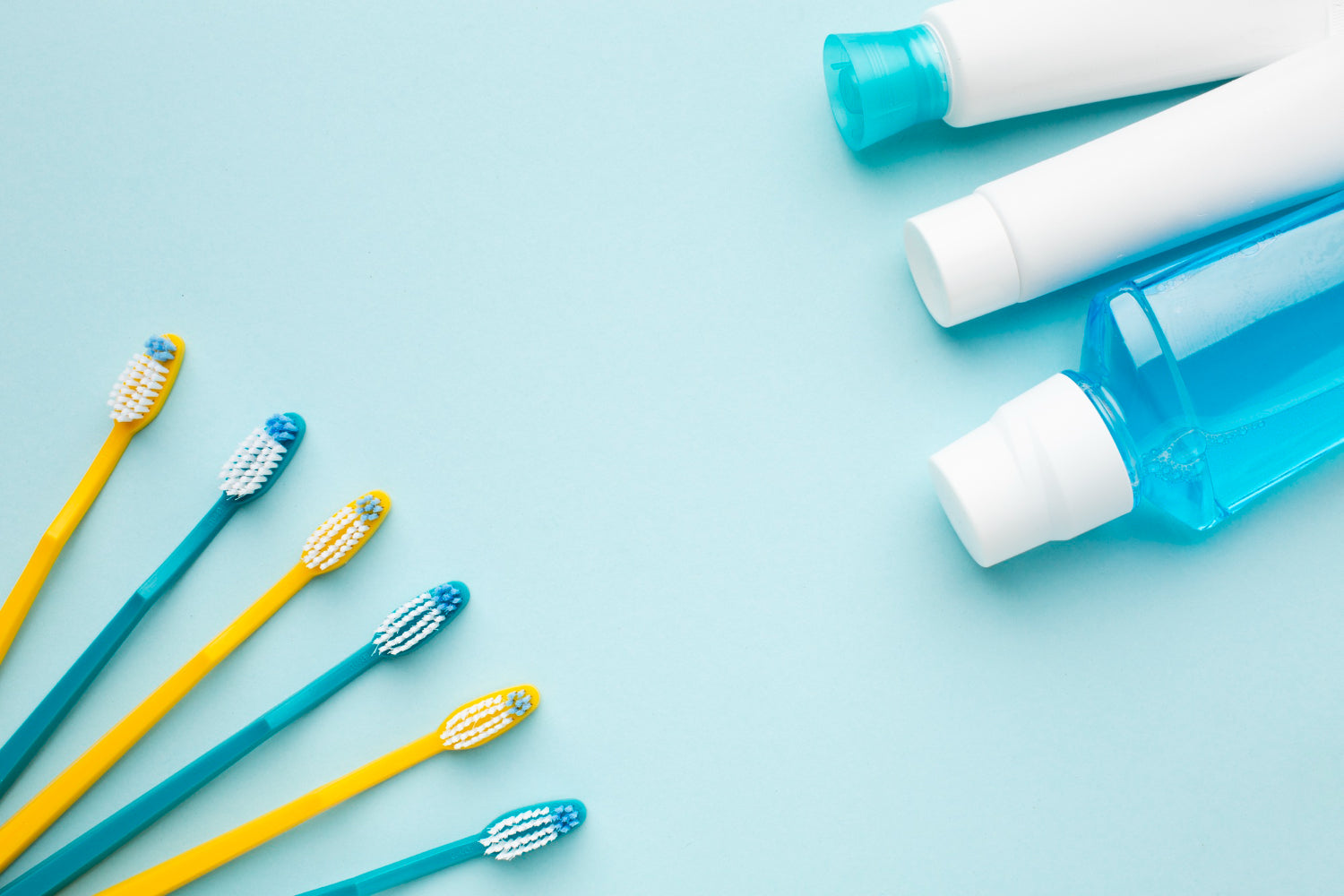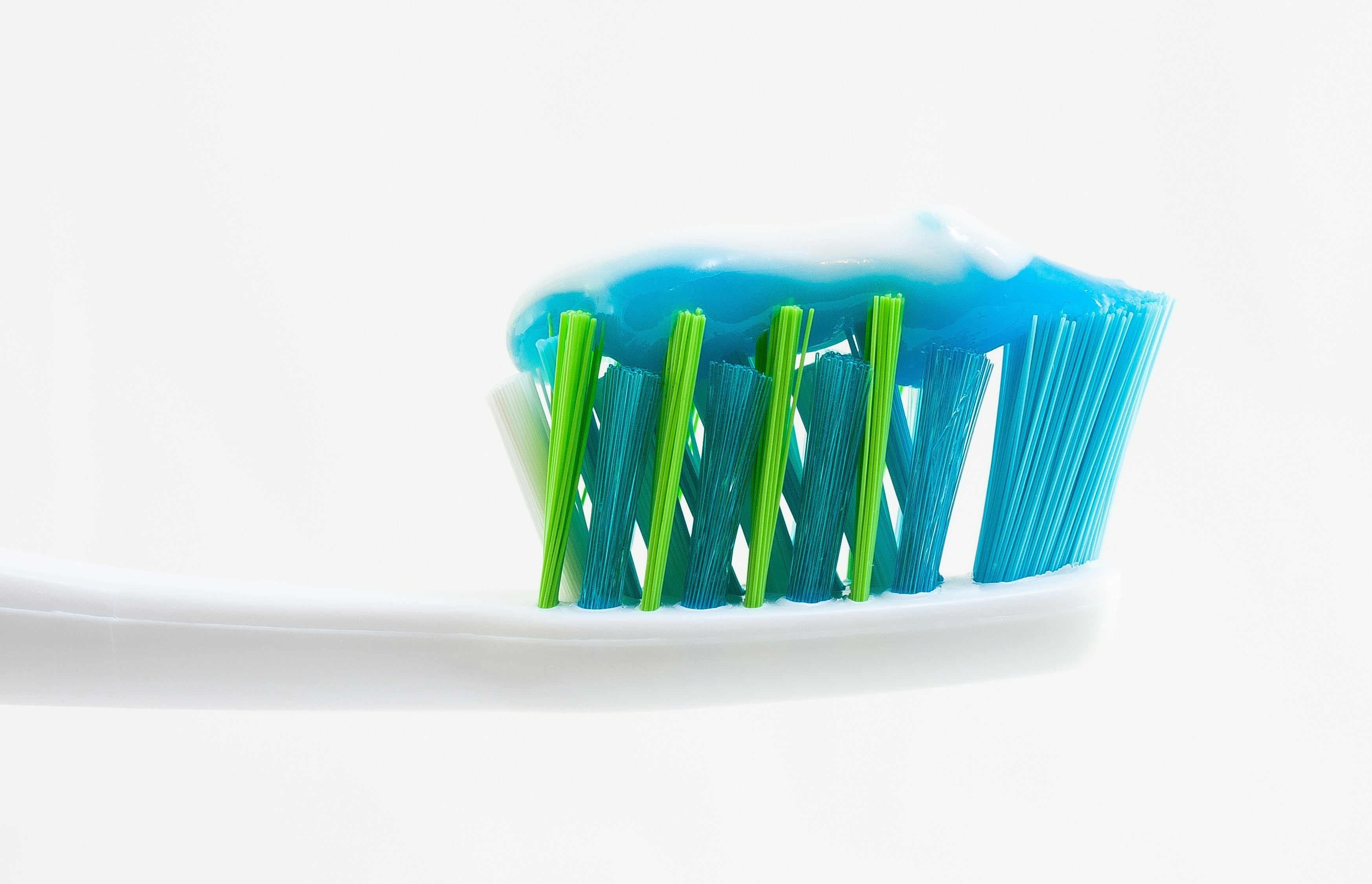You are certainly familiar with caries. Only 2.5 percent of all 35- to 44-year-olds are free of caries, and among 65- to 74-year-olds the proportion is even close to zero. On average, 18 teeth in the human dentition are affected by caries. So there is a good chance that you yourself are also affected or have been affected and have received treatment in the form of a filling or crown.
If caries is detected too late, it causes toothache and, in the worst case, can lead to tooth loss. It is therefore in your own interest to prevent new caries from forming.
How caries develops
To do this, it is important that you know why caries develops. You can imagine it like this: When you eat something, acids are formed that attack the teeth. The body's own defense mechanism in the form of saliva is then immediately on the spot. It rinses the food residues and thus the acids away from the teeth and helps to weaken and neutralize the acids. In addition, saliva contains minerals that rebuild the affected and demineralized areas of the tooth.
The system is actually quite sophisticated, but can become unbalanced if, for example, food or sugary drinks are consumed frequently between meals. Even a piece of candy can trigger an acid attack that the saliva can no longer balance and repair.
Caries: It all depends on the balance in your mouth
A shift in the balance in favor of tooth-damaging factors over a long period of time leads to demineralization (mineral leaching) from the tooth surface and carious lesions (cavities) develop.
Acids produced by eating and drinking play a very decisive role in the formation of caries. In addition, dental plaque (plaque) contains bacteria that also drive the formation of caries.
The first signs of caries are whitish to brownish spots on the teeth. Later, when the enamel is broken through, pain is experienced. In the early stages, the progression of caries can still be stopped; later, a dentist can remove the carious substance and seal it with a filling.
How to reduce the risk of caries
You reduce your risk of tooth decay by avoiding snacks between meals and reducing your intake of foods high in starch and sugar. Also, brush your teeth twice a day with a fluoride toothpaste. Scientific studies have shown that even small amounts of fluoride reduce mineral loss. This automatically supports the remineralization of the teeth. In addition to toothpaste, you can use other fluoride products. For example, there are fluoride mouthwashes or dietary supplements to keep your teeth healthy and clean. In addition, you can have large cavities in some molars filled and sealed with plastic by a dentist or prophylaxis assistant. This provides the best possible protection for tooth surfaces from plaque and acids.
So whether you get caries and how bad the consequences are depends to a large extent on you. Careful oral hygiene is one of the most important measures to prevent tooth decay. It is also important that you attend check-ups with your dentist twice a year so that caries can be detected early and treated accordingly.




Leave a comment
All comments are moderated before being published.
This site is protected by hCaptcha and the hCaptcha Privacy Policy and Terms of Service apply.